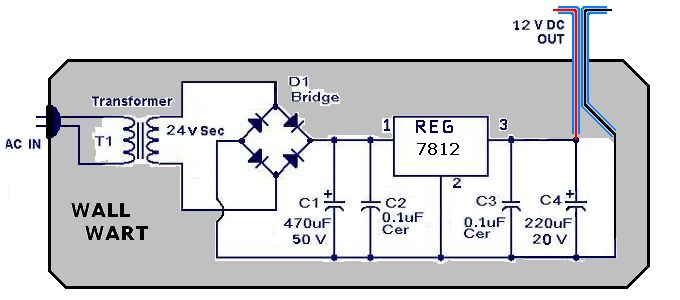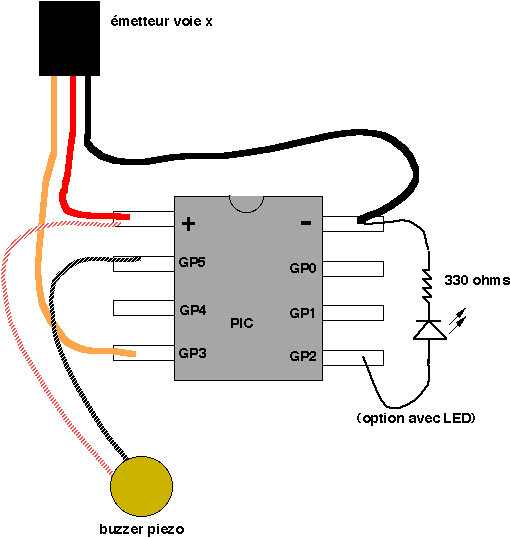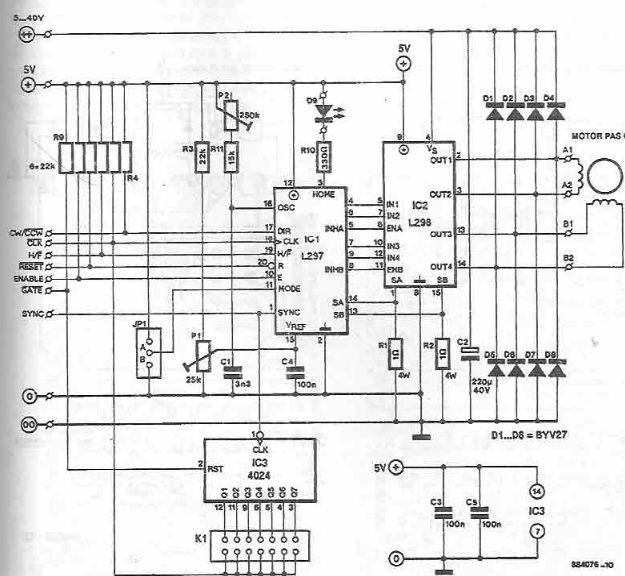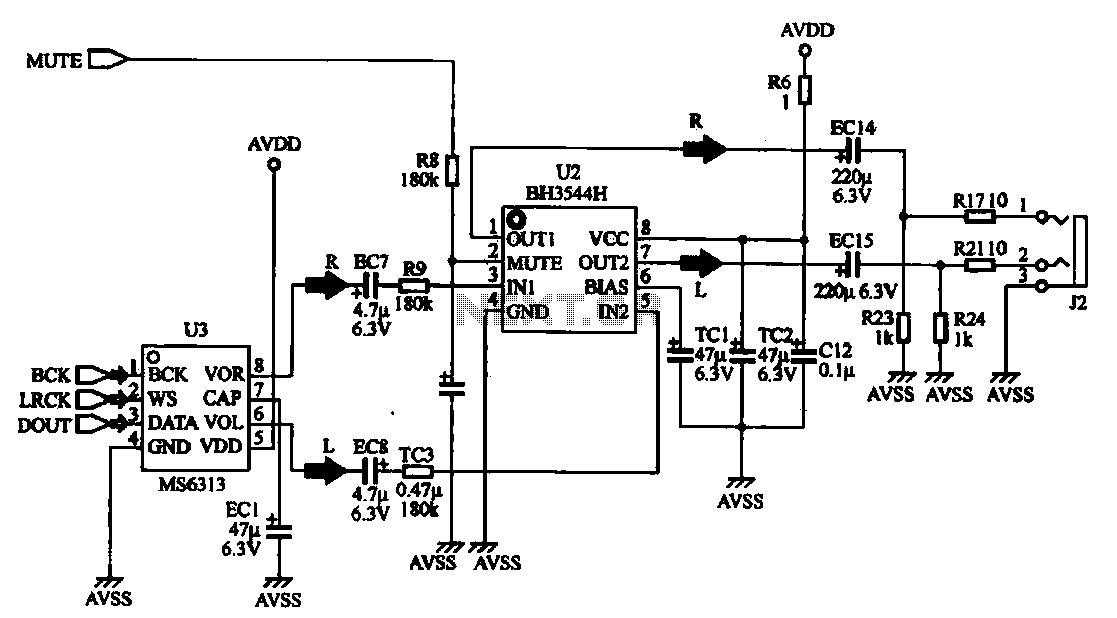
Voice changer circuit diagram electronic projects using RTS0072B
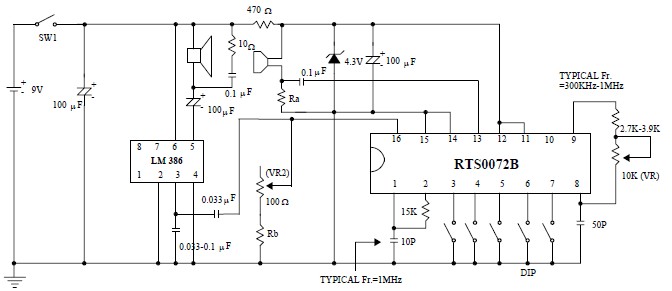
This voice changer circuit diagram is an electronic project developed using the RTS0072B single-chip CMOS LSI, specifically designed for voice-changing applications. It can transpose or distort one voice into another by encoding the input audio signals at normal speed and transmitting the output audio signals at an unusual speed. The voice changing effect is achieved by sampling the input audio signals into digital signals and rearranging these digital signals to produce a different voice from the user's normal voice. The circuit design is straightforward and requires only a few external electronic components. The circuit must be powered by a DC power supply that provides a fixed output voltage between 3 and 5 volts. In this project, a 9-volt DC power supply is utilized because the circuit employs an LM386 audio amplifier IC to amplify the output signal.
The voice changer circuit utilizes the RTS0072B CMOS LSI as the core component, which is tailored for voice manipulation tasks. This integrated circuit allows for easy implementation of voice modulation features, including pitch shifting and voice distortion. The audio input is captured through a microphone, which converts sound waves into electrical signals. These signals are then processed by the RTS0072B, where they are sampled and converted into digital format.
The digital signal processing involves encoding the input audio, which is then manipulated to achieve the desired voice effect. The output is generated at a different speed, resulting in a unique voice characteristic that can be used for various applications such as entertainment, games, or privacy.
The circuit requires minimal external components, which may include resistors, capacitors, and a few connectors. The simplicity of the design makes it accessible for hobbyists and those new to electronics. Powering the circuit with a DC supply between 3 to 5 volts is crucial for the operation of the RTS0072B. However, the use of a 9-volt DC power supply in this project is necessary to ensure adequate performance of the LM386 audio amplifier, which boosts the output audio signal to a suitable volume for playback through speakers or headphones.
Overall, this voice changer circuit is an efficient and straightforward project that demonstrates the principles of audio processing and amplification, making it an excellent choice for educational purposes or as a fun DIY project.This voice changer circuit diagram electronic project is designed using the RTS0072B single chip CMOS LSI designed for voice changer applications, which can transpose or distort one voice into another voice by encoding the input audio signals in normal speed and transmit the output audio signals with unusual speed. Voice changer is accomplished b y sampling the input audio signals into digital signals and re-arranges the digital signals to generate different voice from the user normal voice. This circuit design project is very simple and require few external electronic parts. Circuit must be powered from a DC power supply circuit that will provide a fixed output voltage between 3 and 5 volts.
As you can see in this project is used a 9 volts DC power supply, because this circuit uses a LM386 audio amplifier IC that will amplify the output signal. 🔗 External reference
The voice changer circuit utilizes the RTS0072B CMOS LSI as the core component, which is tailored for voice manipulation tasks. This integrated circuit allows for easy implementation of voice modulation features, including pitch shifting and voice distortion. The audio input is captured through a microphone, which converts sound waves into electrical signals. These signals are then processed by the RTS0072B, where they are sampled and converted into digital format.
The digital signal processing involves encoding the input audio, which is then manipulated to achieve the desired voice effect. The output is generated at a different speed, resulting in a unique voice characteristic that can be used for various applications such as entertainment, games, or privacy.
The circuit requires minimal external components, which may include resistors, capacitors, and a few connectors. The simplicity of the design makes it accessible for hobbyists and those new to electronics. Powering the circuit with a DC supply between 3 to 5 volts is crucial for the operation of the RTS0072B. However, the use of a 9-volt DC power supply in this project is necessary to ensure adequate performance of the LM386 audio amplifier, which boosts the output audio signal to a suitable volume for playback through speakers or headphones.
Overall, this voice changer circuit is an efficient and straightforward project that demonstrates the principles of audio processing and amplification, making it an excellent choice for educational purposes or as a fun DIY project.This voice changer circuit diagram electronic project is designed using the RTS0072B single chip CMOS LSI designed for voice changer applications, which can transpose or distort one voice into another voice by encoding the input audio signals in normal speed and transmit the output audio signals with unusual speed. Voice changer is accomplished b y sampling the input audio signals into digital signals and re-arranges the digital signals to generate different voice from the user normal voice. This circuit design project is very simple and require few external electronic parts. Circuit must be powered from a DC power supply circuit that will provide a fixed output voltage between 3 and 5 volts.
As you can see in this project is used a 9 volts DC power supply, because this circuit uses a LM386 audio amplifier IC that will amplify the output signal. 🔗 External reference
